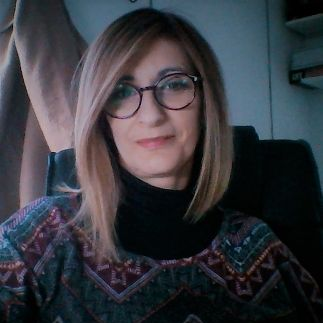Surface Topography and Design of Scaffolds and Implant Biomaterials for Tissue Engineering Applications
A special issue of Materials (ISSN 1996-1944). This special issue belongs to the section "Biomaterials".
Deadline for manuscript submissions: closed (20 May 2022) | Viewed by 11948
Special Issue Editors
Interests: tissue engineering; regenerative medicine; neuroengineering; immunoengineering; biomimetic scaffolds
Special Issue Information
Dear Colleagues,
This Special Issue on “Surface Topography and Design of Scaffolds and Implant Biomaterials for Tissue Engineering Applications” will address advances in tissue engineering and biomaterials science, including fabrication technologies, modeling of the fabricated constructs, and hypothesis-driven design of biomaterials and models for implant manufacturing. The emphasis of this issue is on the relationship between biomaterials structure and function, the effect of surface topography on cell responses, as well as the interaction of implant/scaffold surface energy with cell/tissue functionality and regeneration. Original manuscripts are also solicited on biomaterial surface structure in relation to biocompatibility, protein adsorption, and/or antimicrobial properties. Articles and reviews dealing with the topography-, chemistry- and surface energy-related mechanobiological mechanisms, the design and fabrication of implants/scaffolds with defined chemistry and topographical patterns at the micro- and nanoscale, and the study of the underlying effects of physicochemical cues on cell survival, adhesion, proliferation, migration, and differentiation are also very welcome.
Dr. Anthi RanellaDr. Phanee Manganas
Guest Editors
Manuscript Submission Information
Manuscripts should be submitted online at www.mdpi.com by registering and logging in to this website. Once you are registered, click here to go to the submission form. Manuscripts can be submitted until the deadline. All submissions that pass pre-check are peer-reviewed. Accepted papers will be published continuously in the journal (as soon as accepted) and will be listed together on the special issue website. Research articles, review articles as well as short communications are invited. For planned papers, a title and short abstract (about 250 words) can be sent to the Editorial Office for assessment.
Submitted manuscripts should not have been published previously, nor be under consideration for publication elsewhere (except conference proceedings papers). All manuscripts are thoroughly refereed through a single-blind peer-review process. A guide for authors and other relevant information for submission of manuscripts is available on the Instructions for Authors page. Materials is an international peer-reviewed open access semimonthly journal published by MDPI.
Please visit the Instructions for Authors page before submitting a manuscript. The Article Processing Charge (APC) for publication in this open access journal is 2600 CHF (Swiss Francs). Submitted papers should be well formatted and use good English. Authors may use MDPI's English editing service prior to publication or during author revisions.
Keywords
- Surface topography
- Implant fabrication
- Scaffold design
- Biomaterials engineering
- Tissue engineering
- Tissue regeneration
- Cell viability
- Biocompatibility
Benefits of Publishing in a Special Issue
- Ease of navigation: Grouping papers by topic helps scholars navigate broad scope journals more efficiently.
- Greater discoverability: Special Issues support the reach and impact of scientific research. Articles in Special Issues are more discoverable and cited more frequently.
- Expansion of research network: Special Issues facilitate connections among authors, fostering scientific collaborations.
- External promotion: Articles in Special Issues are often promoted through the journal's social media, increasing their visibility.
- Reprint: MDPI Books provides the opportunity to republish successful Special Issues in book format, both online and in print.
Further information on MDPI's Special Issue policies can be found here.







